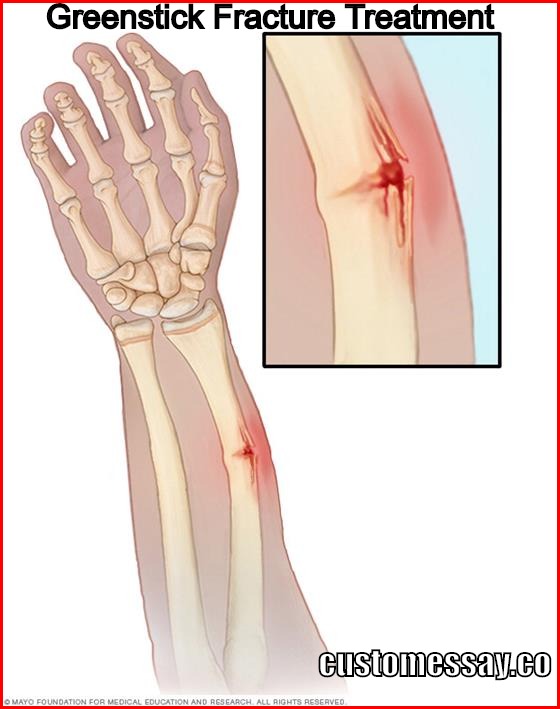
Definition of Fracture Depending on the strength of the fracture-affecting forces in the bone and the ability of the bone to absorb the odor, it is possible to break a small crack (fissure), one or more bones; Even in the joints adjacent to the dislocation accompanied by (blink-dislocation) may vary. The force that makes the kidney not only breaks the bone, but it can also injure the skin, muscles, tendons, ligaments, veins, nerves and neighboring organs around the bone. The localities of the fractures and the fractures are different according to the ages. Birth trauma in newborns are the main causes of falls in children, beatings and traffic accidents, sports and traffic accidents in young people, traffic and work accidents in middle ages, and falling falls and tumoral events in older ages. In newborns, clavicle, femur and humerus are mostly broken due to birth trauma. In children, the humerus supracondylar fractures, especially the elbow circumference and forearm bones and femur body are mostly broken. Tibia, femur and radial distress are the most common fractures in young and middle ages. Femur neck, trochanteric region, proximal humerus, and radial disti- ment are the most common fractures seen in older ages. Broken types and classification 1) According to the bone tissue strength: Normal bone (traumatic) fracture (Pathological) fracture in diseased bone Stress (fatigue) 2) According to whether or not the fracture line is related to the external environment through the skin surrounding the bone or mucosa: Closed fractures Open fractures 3) According to the fracture-forming force: Fractures with direct mechanism Fractures with indirect mechanism Fractures with direct and indirect mechanism combination 4) According to the number of fractures: One broken line Multiple broken line 5) According to the degree of brokenness and broken line: A) Depleted fractures Transverse fracture Oblique fracture Spiral fracture Breaking fracture Fractured fracture B) Non-depleted fractures Crack (fissure, linear fracture) Age tree (green stick) Torus fracture Crumb fractures Compression (compression) fractures Impacted fractures Unexplained fractures of the epiphysis 6) According to the anatomical localization of the molar in the bone: Proximal site fractures (proximal epiphyseal and metaphyseal region, trochanteric, femoral neck, tibia condyle, collum syrup, etc.) Shaft fractures (diaphysis region, expressed as 1/3 upper, 1/3 middle, 1/3 lower region) Distal zone fractures (Distal epiphyseal and metaphyseal region, suprachondia, malleoler, pilon, Colles, etc Pineal region fractures (In children, epiphyseal and metaphyseal fractures affecting the physis line before the fizzles are closed) Broken – dislocations (Broken with broken bone in joint joined joints) According to the histological structure of the broken bone: … Read More »









